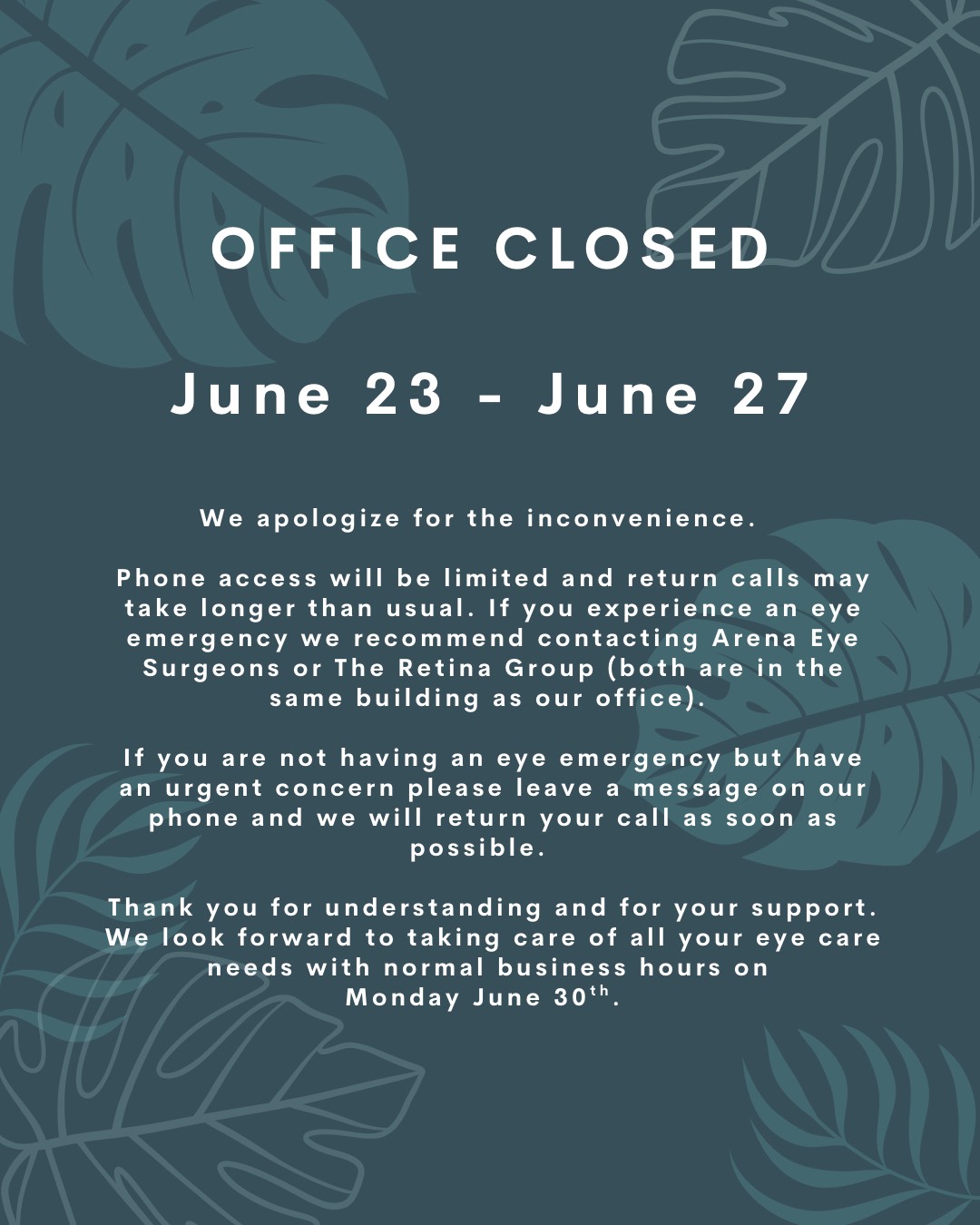
Myopia, commonly known as nearsightedness, is a refractive error in the eye that causes distant objects to appear blurred while close-up objects remain clear. This condition occurs when the eyeball is too long or the cornea is too curved, resulting in light focusing in front of the retina instead of directly on it. Myopia is a prevalent vision issue, affecting a significant portion of the global population, especially among children.
What is Myopia and How Does it Affect Vision?
Myopia is a vision condition where the eye is unable to focus light properly, causing distant objects to appear blurred or unclear. This happens when the eyeball is too long or the cornea is too curved, resulting in light focusing in front of the retina instead of directly on it. As a result, individuals with myopia struggle to see distant objects clearly, such as road signs, the board at school, or the faces of people across the room. However, they can typically see close-up objects, such as books or digital screens, without difficulty.
Causes of Myopia
The development of myopia is a complex process influenced by a combination of genetic and environmental factors. Understanding the underlying causes of myopia is crucial for implementing effective prevention and management strategies.
Myopia often runs in families, suggesting a strong genetic component. Children with one or both parents who have myopia are at a higher risk of developing the condition themselves. Specific gene variants have been identified that can increase the likelihood of developing myopia.
Increased time spent on near-work activities, such as reading, using digital devices, and studying, has been linked to the development and progression of myopia. Lack of outdoor time and exposure to natural light have been associated with a higher risk of myopia. Certain lifestyle factors, such as poor lighting conditions, prolonged close-up work, and insufficient breaks, can contribute to the onset and worsening of myopia.
Understanding these various factors that contribute to the development of myopia is crucial for implementing effective prevention and management strategies, both at an individual and a public health level.
The Importance of Myopia Management
Effectively managing myopia is essential for preserving and protecting vision health, especially in children. Untreated or poorly managed myopia can lead to a range of vision-related complications, including:
- Increased risk of vision-threatening conditions: High myopia is associated with an increased risk of conditions such as retinal detachment, myopic macular degeneration, glaucoma, and cataracts, which can potentially lead to vision loss if left unchecked.
- Reduced quality of life: Myopia can significantly impact an individual's daily activities, such as driving, participating in sports, and engaging in hobbies, due to the difficulty in seeing distant objects clearly.
Proactive myopia management can help slow the progression of myopia, reduce the risk of vision-threatening complications, and improve the overall quality of life for individuals affected by this condition.
The Benefits of MiSight Contact Lenses for Slowing Progression
One of the innovative solutions for managing myopia in children is the use of MiSight contact lenses. These specialized contact lenses are designed to slow the progression of myopia by:
- Slowing Axial Eye Growth: MiSight contact lenses have a unique optical design that creates peripheral defocus, which has been shown to slow the elongation of the eyeball, a key factor in the development and progression of myopia.
- Improved Visual Acuity: MiSight contact lenses provide clear, sharp vision for distance and near tasks, allowing children to participate in their daily activities without the limitations imposed by myopia.
- Convenience and Comfort: MiSight contact lenses are designed for daily wear, offering a convenient and comfortable solution for children, with minimal maintenance required.
- Long-term Benefits: Studies have demonstrated that the use of MiSight contact lenses can significantly slow the progression of myopia in children, potentially reducing the risk of vision-threatening complications later in life.
Incorporating MiSight contact lenses as part of a comprehensive myopia management plan can be a highly effective way to address the growing prevalence of myopia among children and safeguard their long-term vision health.
Taking Steps to Prevent and Manage Myopia
The causes of myopia are multifaceted, involving a complex interplay of genetic, environmental, and developmental factors. By addressing the key drivers of myopia, such as excessive near-work activities, lack of outdoor time, and genetic predisposition, individuals can take proactive steps to slow the progression of this refractive error and mitigate the risk of vision-threatening complications. Innovative solutions like MiSight contact lenses, which are specifically designed to slow myopia progression, can be an invaluable tool in this effort.
At The Eye Care Studio, we are dedicated to providing comprehensive eye care services and personalized solutions for managing myopia. We will work with you to develop a tailored plan and implement the most effective strategies to preserve your or your child’s long-term vision health. Visit our office in Delaware, Ohio, or call (740) 306-3600 to book an appointment today.











